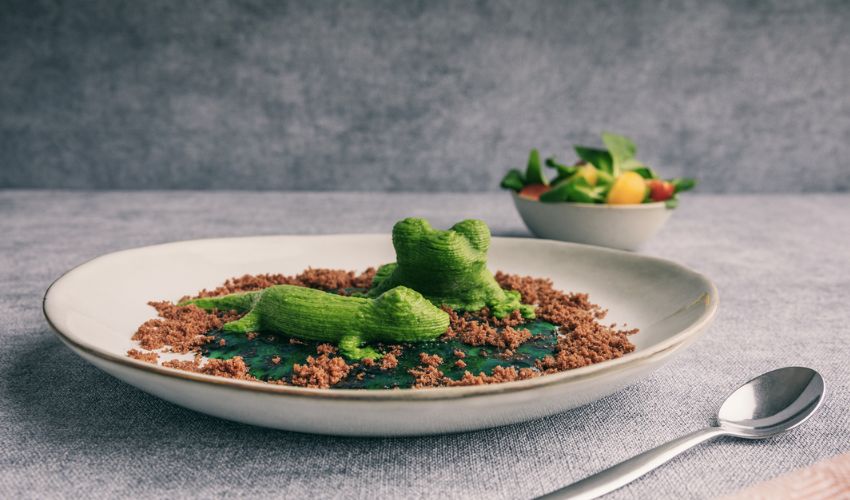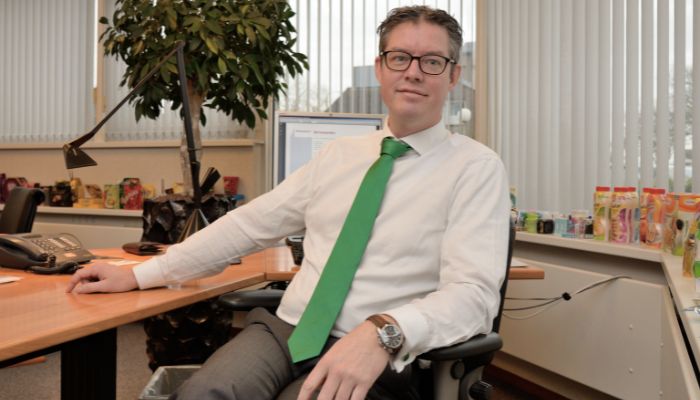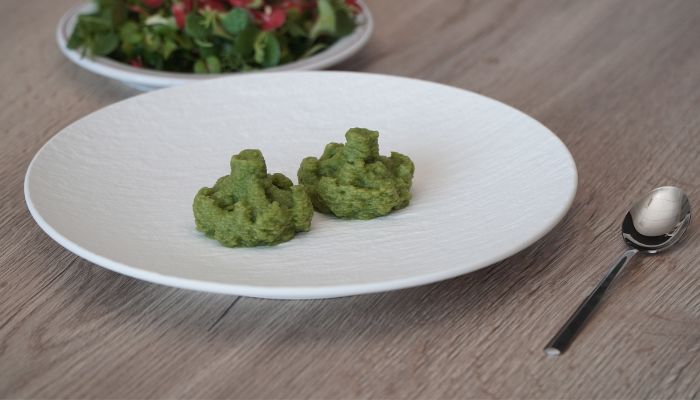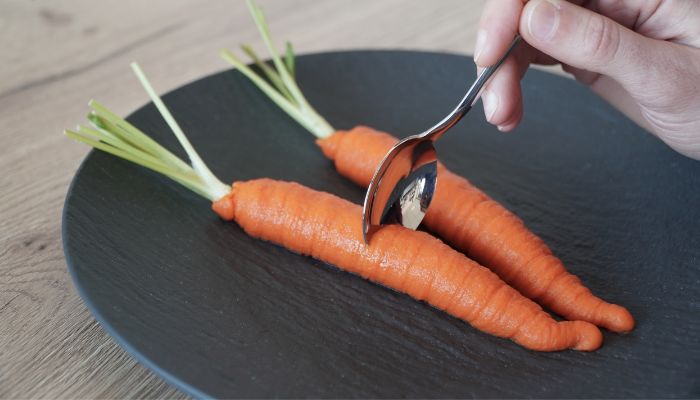#3DStartup: Gastronology’s 3D-Printed Food Can Help Patients With Eating Difficulties

Food is a basic fact of human life, and global trade means most people can enjoy cuisines and options from all over the world. However, not everyone can benefit from the rich variety of food available to us. What happens when eating is not so simple? For patients with dysphagia (the medical term for difficulty swallowing), meal times can be difficult and alternatives must be found to make food easier to consume. One company working on a solution is Gastronology, a Dutch firm founded in 2019 by Peter Nieuwkerk. The company develops 3D-printed food for these patients which is tasty and visually appealing, aiming to make meals a pleasure by replacing bland, blended options currently on the market. To find out more about their projects, we spoke to CEO Peter Niewkerk.
3DN: Could You Introduce Yourself and Tell Us More About Gastronology?
My name is Peter Nieuwkerk, and I founded Gastronology 3D Food Works in 2019. Gastronology 3D Food Works develops and produces food products based on the technique of 3D food printing. It builds on 3 pilars: recipe development, 3D modelling and development of industrial scale food printing. All recipes are developed by Masterchef Eugène Swalen. I have a long and reputable state of work with the Budelpack Group, an innovative company focusing on the co-packing of food products for multinationals like Mars-Wrigley, Nestlé, Unilever, KraftHeinz as well as many local jewel companies.

Peter Nieuwkerk is the CEO of Gastronology
Gastronology’s products are 3D printed food products, which are being sold frozen and packed. Our production process is as follows: In December 2022, construction started of a special ‘3D food print’ production site in Poortvliet (the Netherlands). The production process consists of a five-step process: processing (purée production), 3D food printing on an industrial scale in a conditioned room of a maximum of 6 degrees Celsius, a shock-freeze process, packaging in a similarly conditioned room and deep-freeze storage (-20 degrees Celsius). Food-safe production is a key factor in all these steps. That is why the complete installation will be equipped with a state-of-the-art Clean-In-Place system (CIP). The production site is expected to be open in the next few weeks, and the finished products will just need heating up.
3DN: What technology do you use? Why did you decide to use 3D printing for your company?
Gastronology exclusively works with the technique of 3D food printing. The Food Lab works with desktop 3D food printers and the industrial production works with a unique industrial scale 3D food printer, able to print 43 kg per hour in the pilot-stage. This will increase to 130 kg per hour in the scale-up stage.
We decided to start this company and apply the technique of 3D food printing because this technique provides a solution to a long-lasting problem: dysphagia patients who have to eat food from the blender. Dysphagia patients suffer from a chewing and swallowing disorder, which is why they need to eat puréed food. Their daily food is blended, hence unrecognizable, non-tasty, scentless and unappealing. The consequence is not only insufficient intake of food but also a reluctance to eat and not being part of the social event which dining together should be. The technique of 3D food printing enables us to present food in their original shape, made from fresh purée, with their natural smell and shaped (printed) in their original shape. The result: 3D printed broccoli looks like broccoli, smells like broccoli, tastes like broccoli but can be eaten with a spoon by dysphagia patients. A true problem-solver.

The next episode can be formed by offering nicely 3D shaped vegetables – carrot, broccoli, green beans, cauliflower, peas, beetroot and sweet potato – for children which can make this food irresistible by creating extremely appealing and attractive shapes as well as tastes. Gastronology’s technique to print on an industrial scale opens up these market opportunities.
3DN: Any special projects which Gastronology is currently working on?
At present the focus is fully on getting ready a product range for dysphagia patients, starting with vegetables and potatoes, a total of 8 products. First industrial production should start before summer 2023 at a capacity of approximately 700KG per day. There is more to come in the future: we hope for product line extensions by adding meat and fish products. We will also extend our target group by developing products for children in the age of 3 to 12 years. The big dream is to develop a series of food products for oncology patients by offering them personalized nutrition which offsets the taste and or smell disorder as a result of treatments against cancer like chemotherapy.
3DN: How do you see the future of Gastronology?
We have planned to go live just before summer 2023 by introducing the first range of 8 products being produced on the unique technology of Gastronology. The first stage will be a pilot stage where a selection of care houses and hospitals will offer these products to their dysphagia clients for a period of 6 months in which the products are being tested and evaluated. After this stage, we will continue into the commercial launch stage.

3DN: Any last words for our readers?
In the future, Gastronology will make its industrial scale 3D food printing technique and 3D food recipes available for external manufacturers and brand owners via a licensing model. In case a brand owner has its own great vegetable brand, but wants to add a range of 3D food products, it can hire a contract-manufacturer who is contracted by Gastronology and who can produce on behalf of this brand owner. Additionally, Gastronology can also license its technique and recipes directly to a brand owner if they want to produce themselves. You can find out more HERE.
What do you think of Gastronology’s 3D printed food? Let us know in a comment below or on our LinkedIn, Facebook, and Twitter pages! Don’t forget to sign up for our free weekly Newsletter here, the latest 3D printing news straight to your inbox! You can also find all our videos on our YouTube channel.
*All photos credit: Gastonology







